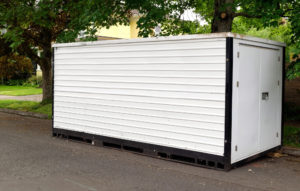 Do you know how to pack a mobile storage unit? If you answered yes, that’s what everyone says. But when it comes to packing up everything, they make the same mobile storage mistakes that everyone does.
Do you know how to pack a mobile storage unit? If you answered yes, that’s what everyone says. But when it comes to packing up everything, they make the same mobile storage mistakes that everyone does.
You might be telling yourself that it doesn’t happen to you, but you might not even know that you’ve made it yet. If you haven’t checked on it for a while, you might be in for some terrible surprises when you open the door.
It is possible to avoid and correct a lot of these common errors. If you’re about to load up or are scratching your head wondering whether you’ve been packing mobile storage units wrong for years, take a look at this list to learn how to get the job done right.
1. Maximize Your Space to Avoid Any Mobile Storage Mistakes
Remember, you can get different storage unit sizes. So before you start arranging boxes, make sure you’re clear on how much space you need. You don’t want there to be too tight of a fit for your items.
You can maximize your space by using any furniture you’re storing to do some of the work for you. Blankets and linens can get placed in drawers, and smaller items can go under chairs. This gives you more space in boxes for things that won’t fit anywhere else.
2. Fill Every Box
Your goal should be to use the least amount of boxes and containers as possible. That means filling every single one of these as much as possible. It shouldn’t overflow that it can’t get closed, but it also shouldn’t have space for more items.
Make sure to take note of the weight of each box too. This will help when you start stacking them on one another. The last thing you want to happen is your objects getting crushed under a heavy container.
3. Always Create an Aisle
One of the biggest mistakes people make when storing personal items is realizing they’ve left no space in units for an aisle. While you might not plan to visit your mobile storage unit frequently, when you do stop by, you don’t want to have to unpack everything to get to an item at the back.
Try to keep the aisle located in the middle of the unit. You can still place items here, but keep it to a minimum, so you don’t need to move too much to access your objects. Make sure they’re also lighter objects, so they’re easier to move.
4. Label Absolutely Everything
Unless you’re packing items into clear containers, you’re going to want to label every box in your unit. The bigger the space, the harder it can be to find something, especially when it’s urgent.
Try to avoid using stickers or other types of labels that might peel off over time. Stick with a classic big black marker to mark all of your boxes instead. Also, make sure that you can see the labels without having to move too many items.
5. Keep Detailed Records of Your Inventory
An inventory can be a big help when you need to find something important. If you have four boxes labeled kitchen, then it means you’re going to have to search through each of them to find what you need.
Instead of detailing everything on the box, keep records that you can take home with you. This will also save you an unnecessary trip to your mobile storage unit if what you’re hunting down isn’t actually there.
6. Don’t Store Any Type of Food
It might seem obvious, but it still happens from time to time. You should never store any type of food or perishable item inside a storage unit. Especially if you don’t plan on visiting it frequently.
These types of items will attract vermin and other pests. They’ll also stink out your entire unit and potentially cause damage to your other items. You might end up having to pay extra to the facility, so they exterminate not only the rodents but also the smell left behind of the rotten food.
7. Never Store Wet Items
You should try to avoid packing your storage unit on a rainy day. It might seem like a good chore to tick off when the weather is bad, but it can end up being detrimental to your items. Especially if they’re made of certain types of materials.
Some damp items can produce mildew or mold that will likely mean you’ll never be able to use them again. It also makes it a hazardous environment that will affect the air inside the storage unit and potentially infect other objects. There’s also a possibility it will attract pests.
If you must pack on a rainy day, then make sure that all of your items are cleaned and wiped down before you leave them. You might need to leave the doors open for a while to air out the unit before you lock it away for a long period of time to avoid any nasty surprises when you return.
How You Can Best Protect Your Precious Items
If you’ve made one of these mobile storage mistakes, then it might be time to head out to your unit and start the packing process all over again. Avoiding these errors will keep your objects protected and free from anything that could end up destroying them.
Why not take a look at our insurance options if you’re needing some extra protection? We’ll not only provide you with coverage on the usual conditions, but also from floods, rodents, earthquakes, and any storm that has its own name. Get a free quote today to keep your items are safe.

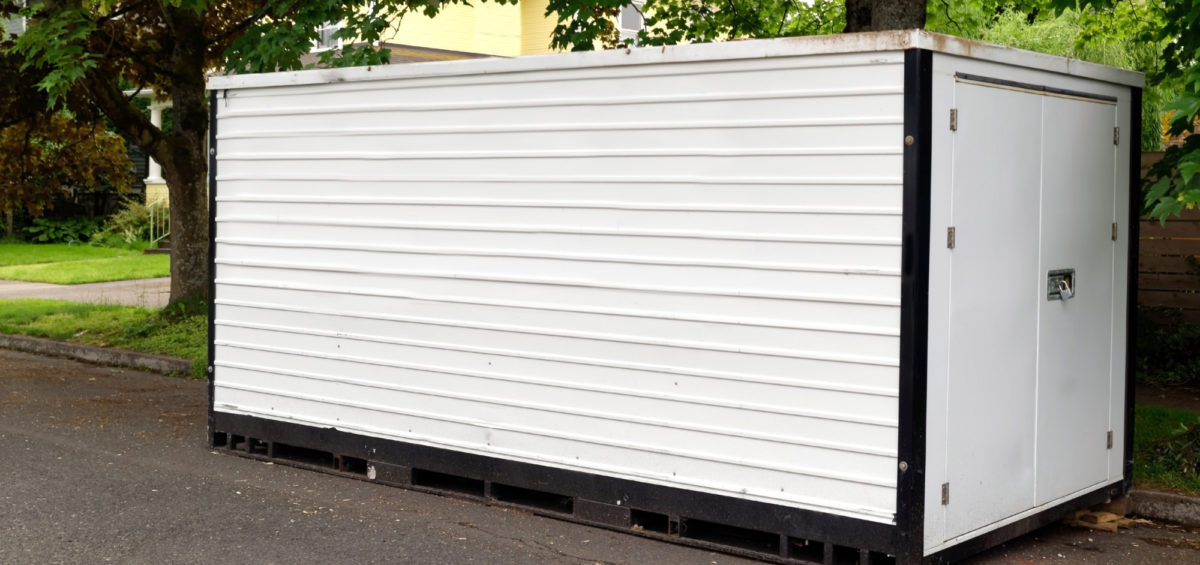
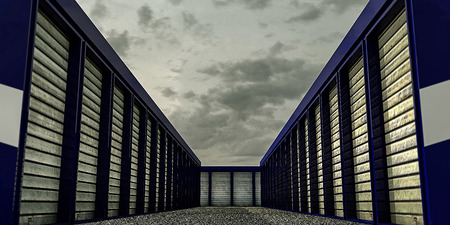
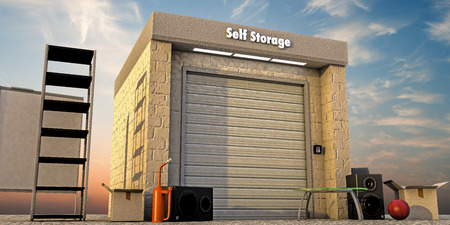

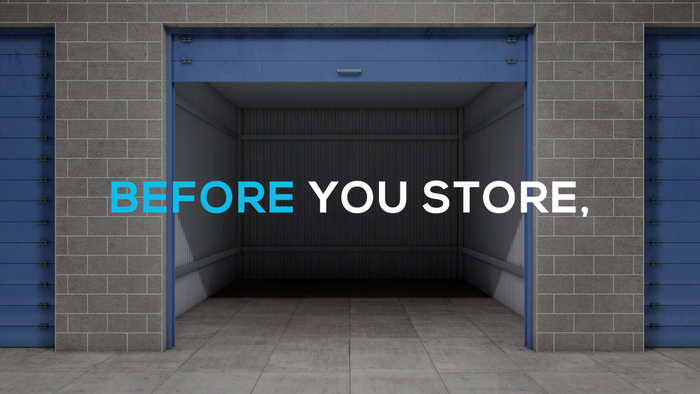
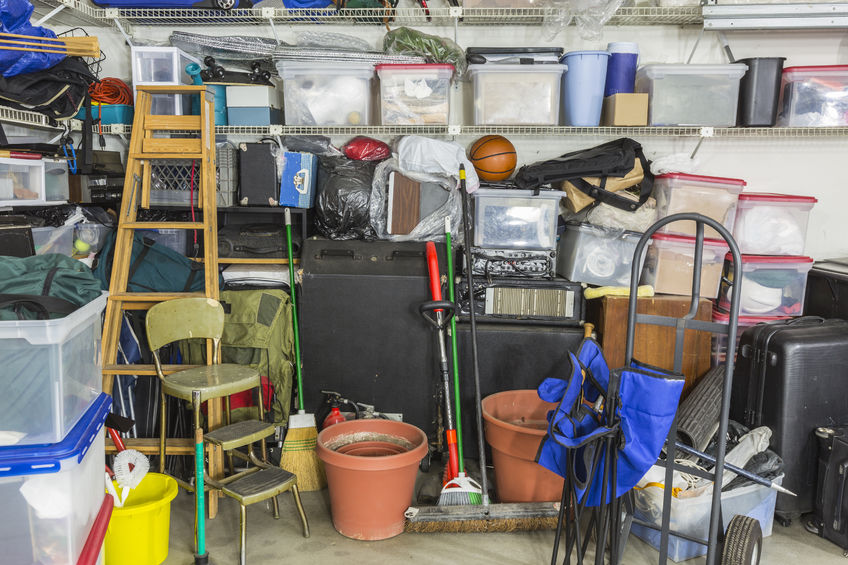
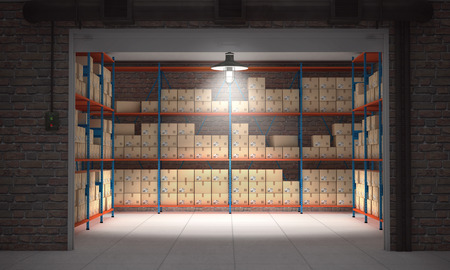




Hi there! My son told me last week that he wishes to turn our attic into a mini studio. This means that many of the items there will have to be removed, but I’m not sure where should I keep them. Thankfully, you stressed the importance of having proper documentation on everything we put inside a mobile storage unit. I’ll ask him to take this option into consideration so the entire process can be done smoothly.